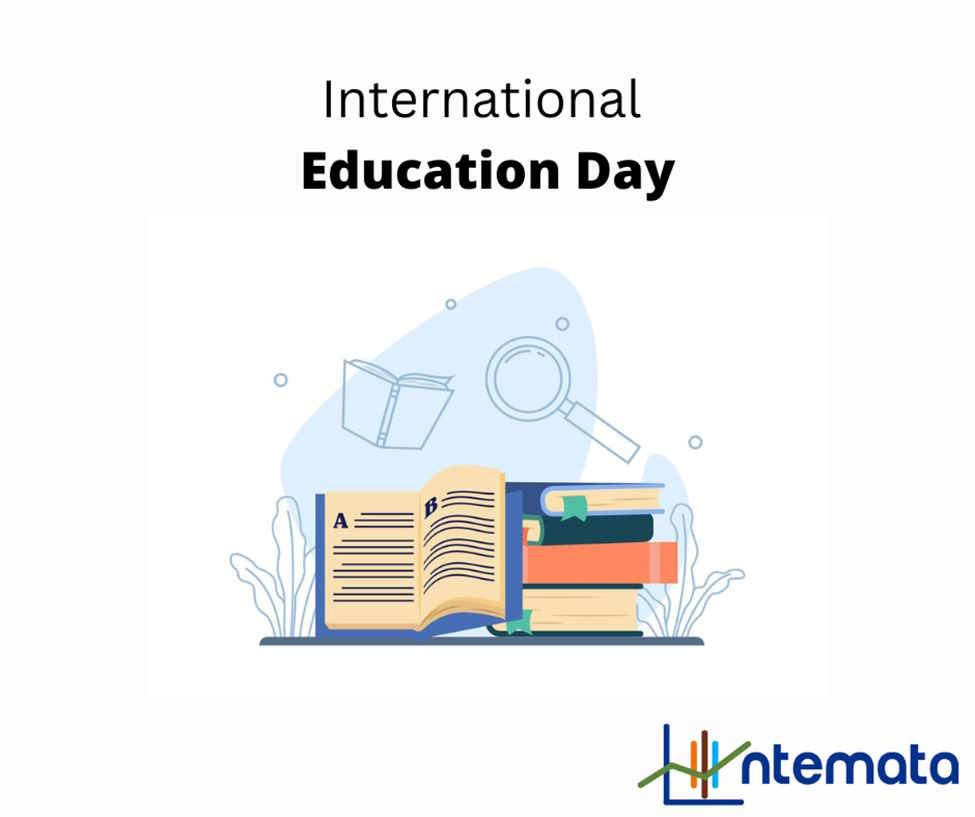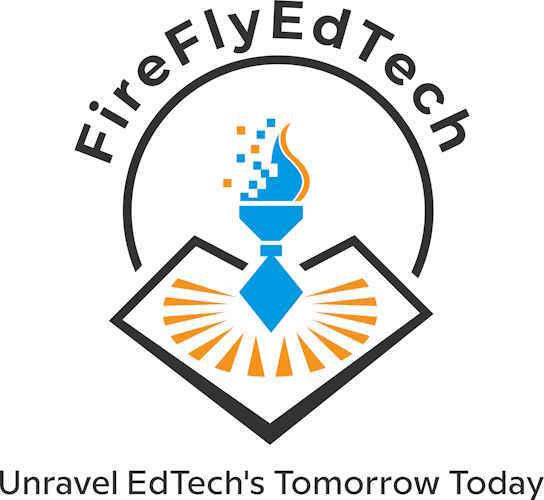Transformative Trends // Embracing Technology in Education on World Education Day

Explore how e-assessment platforms, like #ntemata, are reshaping education. From enhanced flexibility to reduced environmental impact, discover the transformative benefits propelling the future of learning.
From Chalkboards to E-Assessment: The Fascinating Evolution of Teaching

Step into the future of education with us as we explore the remarkable evolution of teaching methods, especially the game-changer: E-Assessment. Discover how ntemata is leading the charge, offering immediate feedback, flexibility, security, and scalability. Embrace the future of learning with us!
Fueling Success // How School Feeding Programs Power Digital Assessments in Primary Education

Uncover the transformative impact of Kenya’s Home-Grown School Meals Programme, providing daily hot lunches, addressing psychological needs, and enhancing student success in digital assessments. Explore how it improves education, reduces dropout rates, and creates a positive learning environment.
How to Enhance Communication & Collaboration Among Students through Digital Assessment

Effective communication and collaboration skills are vital for student success. Traditional teaching focused on limited communication skills. Digital assessments, Liberating Structures, and strategies like online collaboration and immediate feedback enhance communication and collaboration, preparing students for their careers and improving learning outcomes.
Promoting Creativity Among Students Through Online Assessments

Creativity is crucial for success in the modern world, and teachers should assess it by evaluating cognitive skills, problem-solving, and collaboration. Online assessments can promote creative expression, encourage reflection, and build a sense of community among students.
#InternationalDayofEducation 2023 // Promoting Digital Citizenship in CBC Learning to Advance Peace and Development

Digital citizenship education empowers individuals in the networked society to responsibly engage online, fostering skills like internet safety, communication, and problem-solving. It promotes civic participation, addresses social issues, and prepares students for future-ready competencies.
Parental Involvement as an Important Factor in Enhancing Academic Success

Parental involvement is vital for a child’s success. The pandemic highlighted the need for parents to engage in their children’s learning. Barriers include lack of time and attitudes. Teachers can improve involvement through training. ntemata assessment platform promotes parent engagement and provides real-time feedback.
Why Good Assessment Practice is Important in Today’s Learning Environment

“Good teaching involves posing the right questions rather than providing the right answers,” according to Josef Albers. Traditional education assessment has shifted towards focusing on outcomes and skills. Kenyan institutions are adopting competence-based assessment systems to match real-life application and student competences.
Why Focus on Classroom Assessment

Effective teaching involves strategic questioning to engage students, assess understanding, and foster critical thinking. By planning thought-provoking questions, using a mix of open and closed formats, and considering Bloom’s Taxonomy, teachers can enhance learning and promote student self-efficacy.
